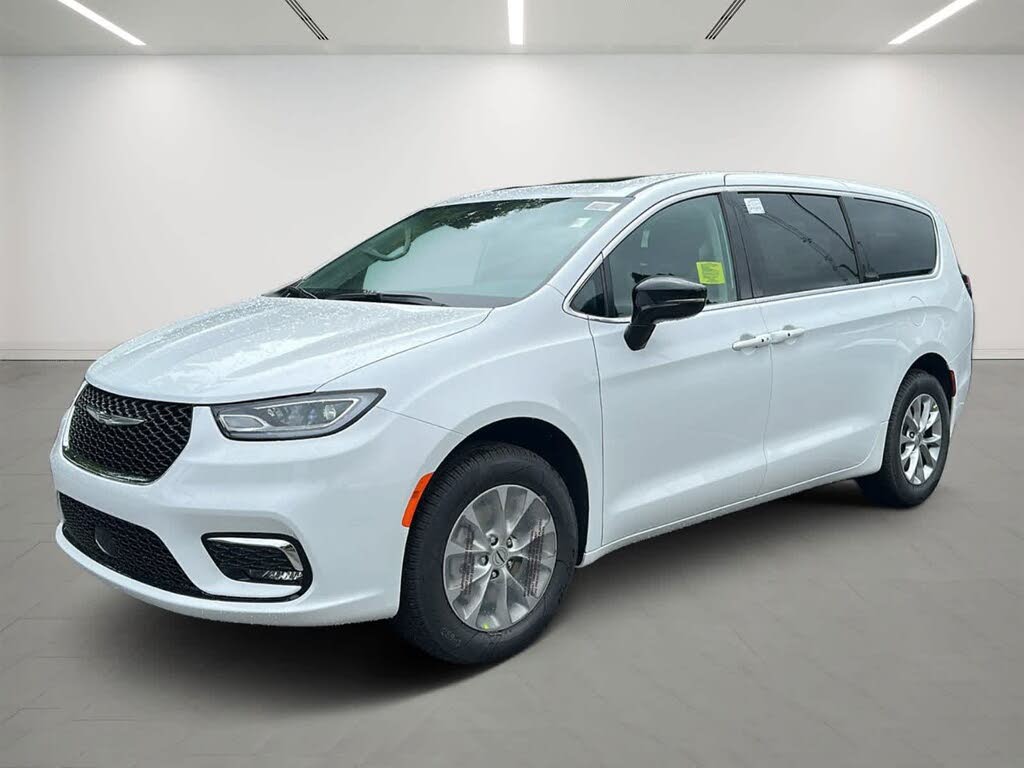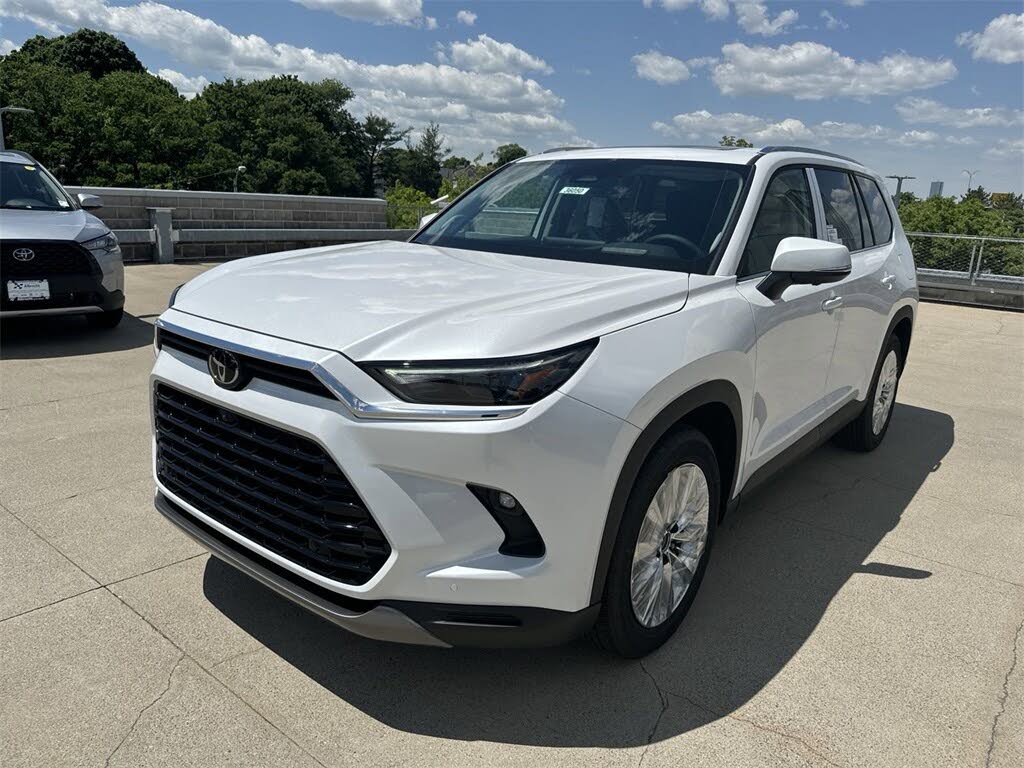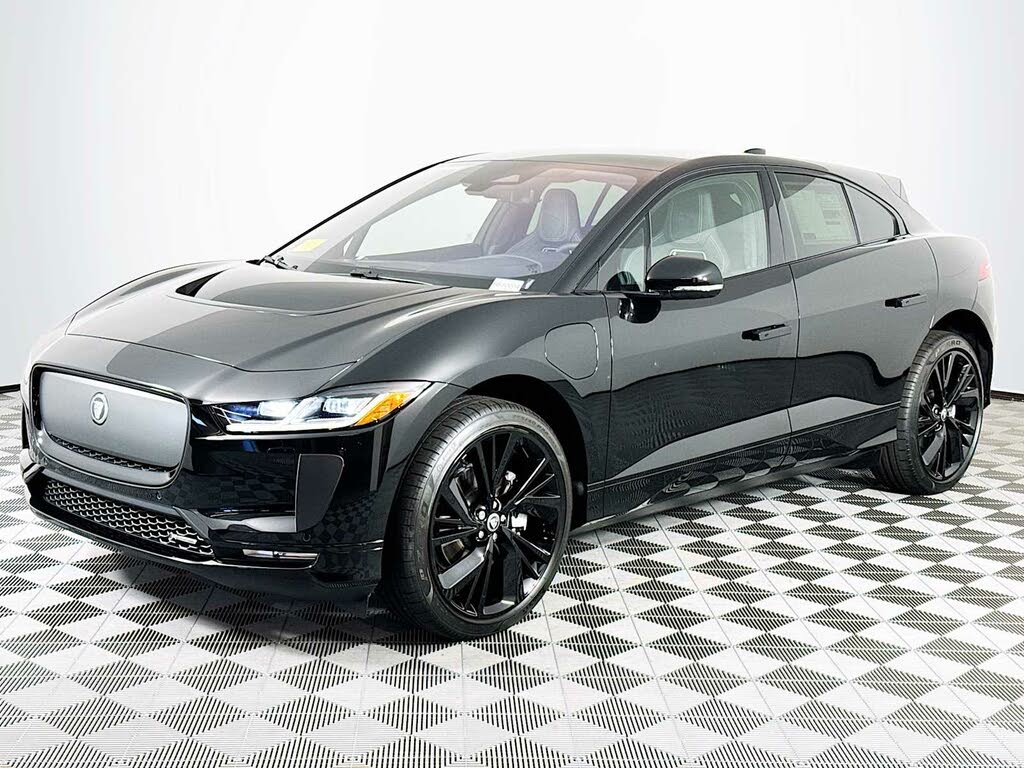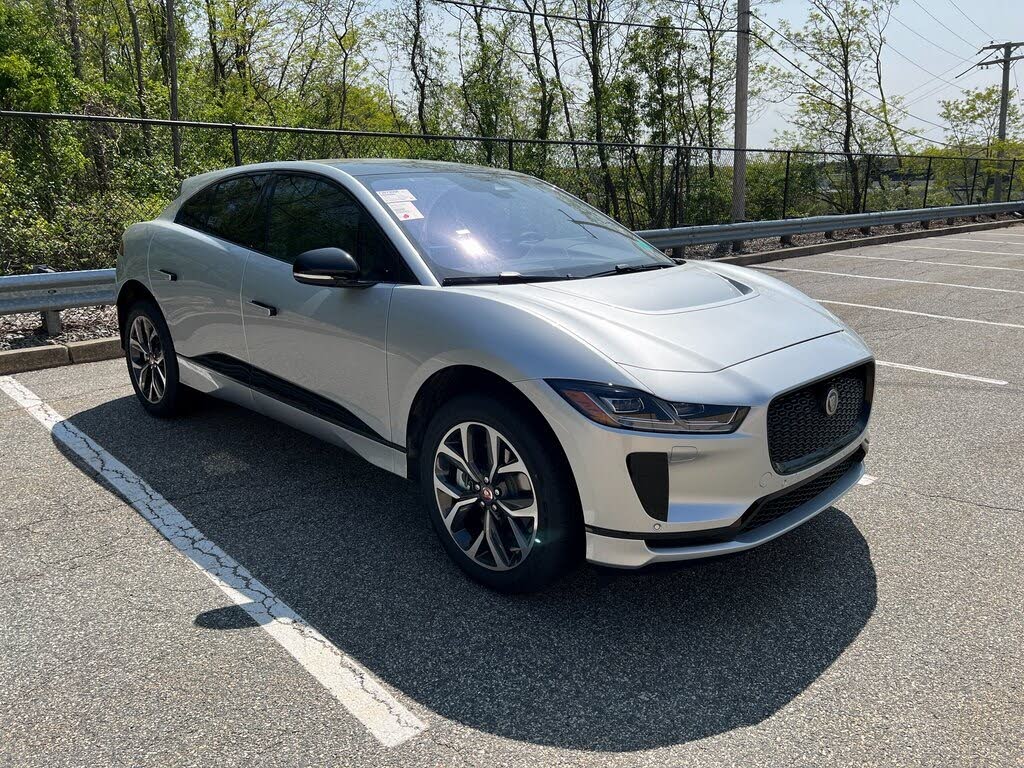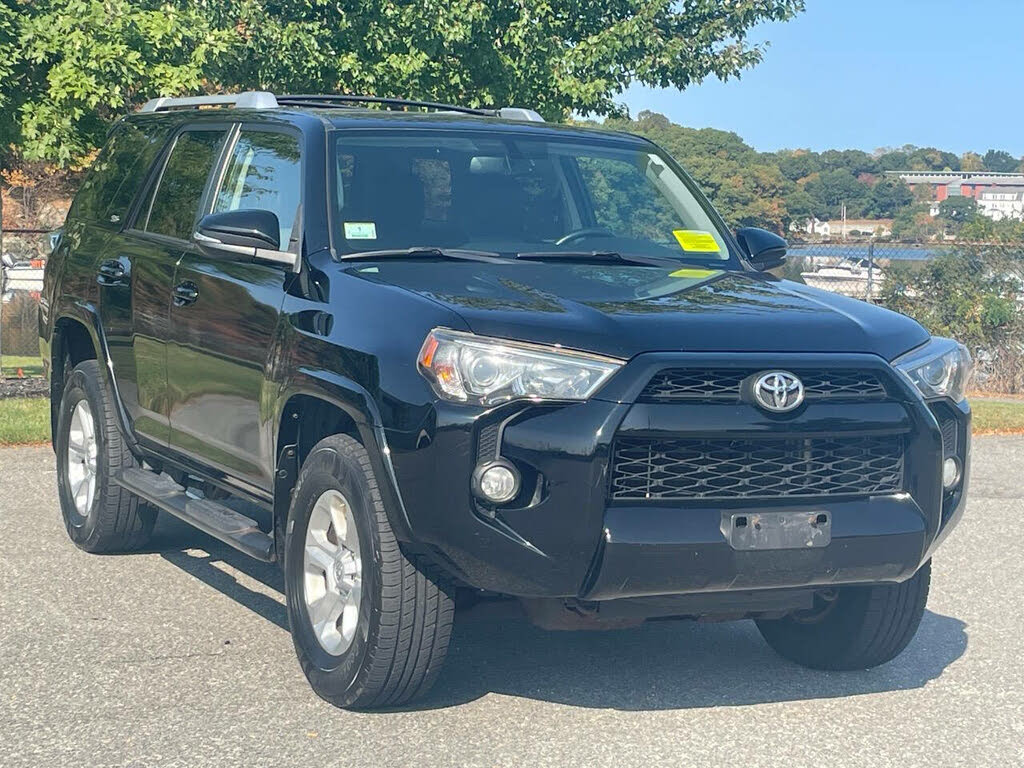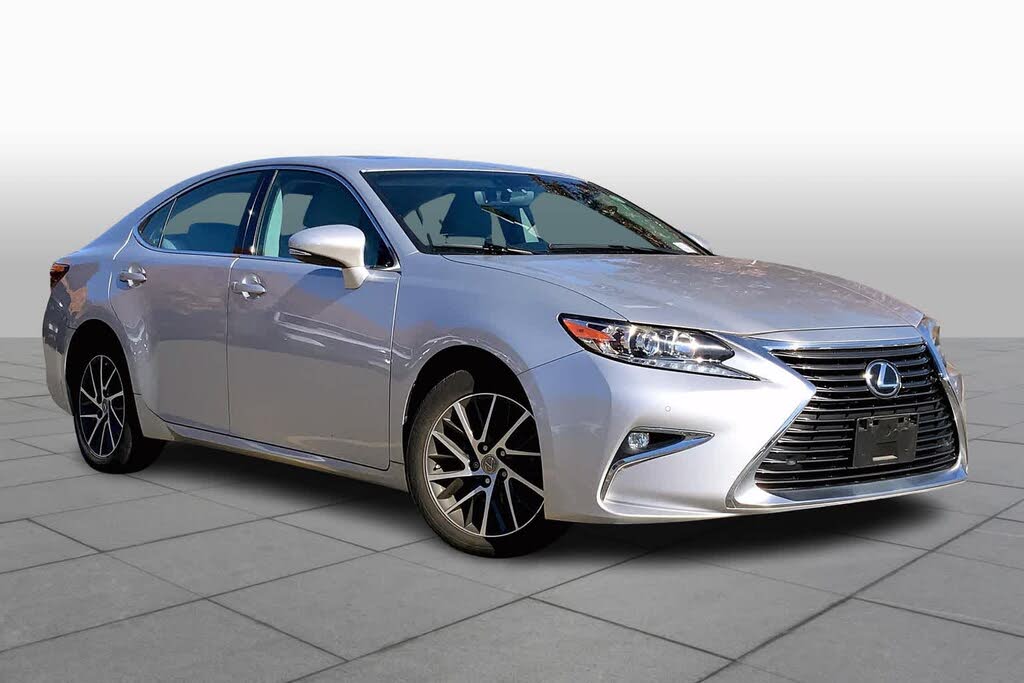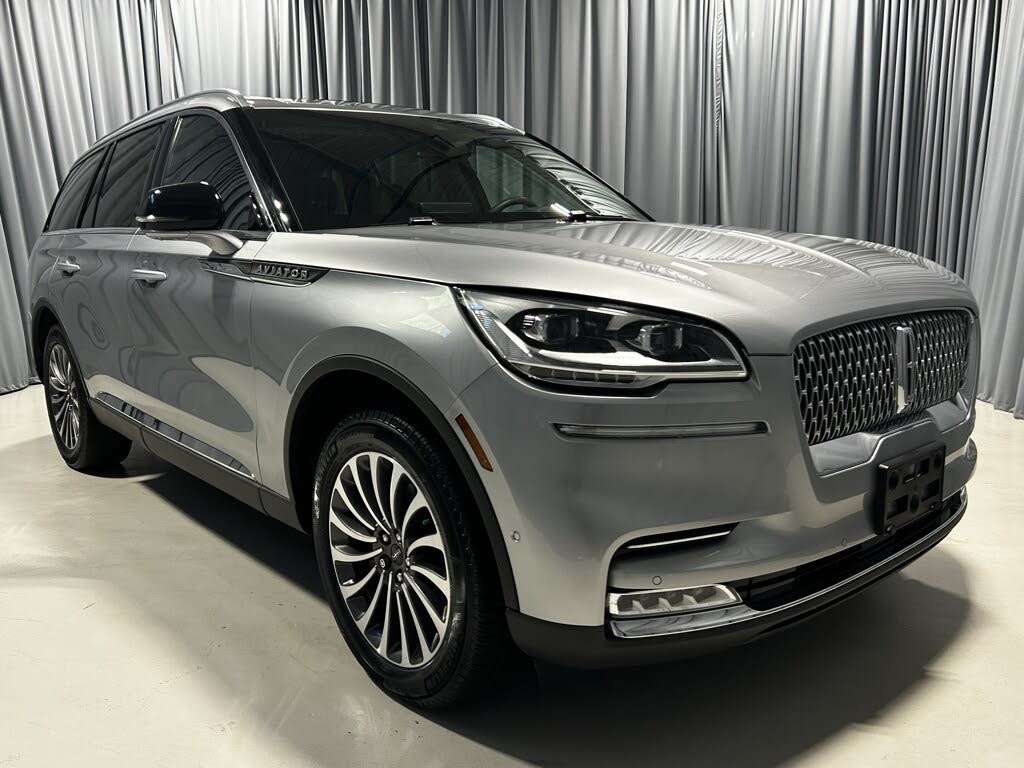Home > News & Blogs > Our view: 2016 GMC Terrain
Our view: 2016 GMC Terrain
GMC Terrain Review: A Compact SUV That's Falling Behind
In the competitive compact SUV market, the GMC Terrain presents a paradox - offering generous interior space in a segment known for efficiency, yet struggling to keep pace with technological and performance advancements from rivals. While its rugged exterior styling and comfortable highway manners appeal to some buyers, our comprehensive evaluation reveals significant shortcomings in driving dynamics, tech integration, and value proposition compared to class leaders like the Toyota RAV4, Subaru Forester, and Kia Sportage.
At a Glance: GMC Terrain Highlights
- Pros: Spacious rear seats, comfortable ride quality, above-average cargo capacity, quiet cabin at highway speeds
- Cons: Sluggish acceleration, wide turning radius, outdated infotainment system, missing advanced safety features
- Best For: Tall passengers needing legroom, highway commuters prioritizing comfort over engagement
- Avoid If: You value cutting-edge tech, tight urban maneuverability, or responsive handling
Exterior Design: Rugged Looks With Practical Compromises
The GMC Terrain distinguishes itself with a boxier, more aggressive aesthetic compared to its Chevrolet Equinox cousin. The design language emphasizes squared-off shoulders and a prominent grille - particularly on Denali models with their distinctive textured chrome treatment. While this approach creates visual presence on the road, it comes with functional trade-offs:
- Visibility challenges: Thick A-pillars and rear quarter panels create significant blind spots
- Aerodynamic impact: The upright profile generates more wind noise than sleek competitors
- Parking difficulties: The combination of long overhangs and wide turning circle complicates urban maneuverability
Dimensionally, the Terrain occupies a middle ground between compact and midsize SUVs. At 185 inches long and 73 inches wide, it's several inches larger than a RAV4 or Forester in most measurements, though the difference appears more substantial visually than in specification sheets.
--TOP ADVERTISEMENT HERE--
Driving Experience: Comfort Over Capability
Behind the wheel, the Terrain prioritizes isolation over engagement. The available 301-horsepower 3.6L V6 (a significant upgrade from the base 2.4L four-cylinder) delivers adequate power on paper, but real-world acceleration feels lethargic due to conservative tuning favoring fuel economy. Our testing revealed several key characteristics:
| Driving Aspect | Terrain Performance | Class Average |
|---|---|---|
| 0-60 mph Acceleration | 7.8 seconds (V6) | 6.5-7.2 seconds |
| Turning Circle | 39.4 feet | 34-36 feet |
| Highway Noise | 68 dB @ 70 mph | 70-72 dB |
Highway Cruising: Where the Terrain Shines
The Terrain's true strength emerges during extended highway drives. The combination of:
- Well-damped suspension absorbing road imperfections
- Effective noise insulation minimizing drivetrain and wind noise
- Comfortable seating positions for front and rear occupants
creates one of the most relaxing environments in the class for long-distance travel. The experience rivals luxury-brand compact SUVs in this specific use case.
Urban Agility: The Terrain's Achilles' Heel
City driving exposes the Terrain's weaknesses. The combination of:
- Slow throttle response from stoplights
- Vague steering feel at low speeds
- Exceptionally wide turning circle
makes parking lot maneuvers and tight intersections more challenging than in competitors. The high beltline and thick pillars compound visibility issues in crowded urban environments.
Interior Evaluation: Spacious but Dated
The Terrain's cabin presents a mixed bag - excelling in space utilization while falling behind in material quality and tech integration. Highlights include:
Passenger Accommodations
- Rear seat comfort: 38.7 inches of legroom (best in class) with reclining and sliding functionality
- Front seat ergonomics: 8-way power adjustable seats with available heating/cooling
- Headroom: Generous 39.9 inches front/39.1 inches rear accommodates tall passengers
Material Quality and Design
While Denali models feature genuine leather and wood trim, lower trims use hard plastics that feel outclassed by rivals. The dashboard design appears dated, with:
- Overabundance of small, similarly shaped buttons
- Poorly integrated center stack that looks like an afterthought
- Reflective chrome accents causing glare issues
- --FIRST CONTENT ADVERTISEMENT HERE--
Cargo Practicality
The Terrain's 31.6 cubic feet behind rear seats (63.9 cubic feet when folded) provides excellent utility. Thoughtful touches include:
- Low lift-over height for easier loading
- Wide hatch opening accommodating bulky items
- Underfloor storage compartment for valuables
Technology and Infotainment: A System Behind the Times
The Terrain's IntelliLink infotainment system represents one of its most significant competitive weaknesses. Key shortcomings include:
- Outdated interface: Cluttered menus and small on-screen buttons
- Slow response times: Noticeable lag when switching functions
- Poor integration: No Apple CarPlay or Android Auto compatibility
- Navigation issues: Frequently inaccurate routing and outdated maps
The system's physical controls compound these problems with:
- Illogical button placement mixing climate and audio functions
- Overly sensitive touchscreen with awkward viewing angle
- Small 7-inch display that feels smaller due to poor resolution
These deficiencies are particularly disappointing given GM's demonstrated capability with newer systems in other models like the Chevrolet Malibu.
Safety Features: Missing Modern Advancements
While the Terrain earns good crash test ratings from IIHS and NHTSA, its available safety technology lags behind class leaders:
| Safety Feature | GMC Terrain | Toyota RAV4 | Subaru Forester |
|---|---|---|---|
| Automatic Emergency Braking | Not Available | Standard | Standard |
| Lane Keep Assist | Not Available | Available | Standard |
| Adaptive Cruise Control | Not Available | Available | Available |
Standard safety equipment includes:
- Backup camera
- StabiliTrak electronic stability control
- Six airbags
Available upgrades on higher trims:
- Blind spot monitoring
- Rear cross-traffic alert
- Forward collision warning (without automatic braking)
Fuel Economy: Competitive Only With Base Engine
The Terrain's powertrain options deliver varying efficiency:
- 2.4L 4-cylinder FWD: 22 mpg city/32 highway (competitive with base engines from rivals)
- 3.6L V6 AWD: 16 mpg city/23 highway (significantly worse than comparable powertrains)
Real-world testing showed the V6 struggling to meet EPA estimates in mixed driving, while competitors like the Honda CR-V and Mazda CX-5 consistently exceeded their ratings.
Competitive Comparison: How the Terrain Stacks Up
Against key rivals, the Terrain wins in specific niches while falling behind overall:
Versus Toyota RAV4
- Terrain advantages: More rear legroom, quieter cabin, softer ride
- RAV4 advantages: Better fuel economy, more advanced safety tech, superior resale value
Versus Subaru Forester
- Terrain advantages: More powerful available engine, plusher seats
- Forester advantages: Standard AWD, better visibility, superior off-road capability
Versus Honda CR-V
- Terrain advantages: More cargo flexibility, additional rear seat adjustments
- CR-V advantages: More refined powertrain, better infotainment, higher reliability scores
--SECOND CONTENT ADVERTISEMENT HERE--

Motorveroben
Last Updated On May, 30-2025


